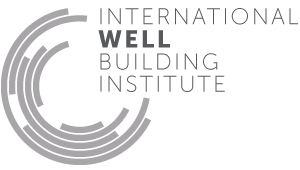Inorganic contaminants
31. Inorganic contaminants
Many dissolved metals that contaminate water supplies can be acutely or chronically toxic. Contamination varies widely by geographic location and water source, spurring the need for localized testing. Exposure to even small amounts of inorganic contaminants such as lead, mercury and arsenic have been linked to the development of various cancers, neurological damage and other adverse health effects.
This feature sets maximum safety limits for several inorganic contaminants in drinking water. If necessary, reverse osmosis (RO) systems or Kinetic Degradation Fluxion (KDF) filters can remove dissolved metals.
Water from all faucets, drinking fountains, showers and baths is treated with the following:

Applicability Matrix
| Core & Shell | Tenant Improvement | New Construction | |
|---|---|---|---|
| Part 1: Organic Chemical Removal | O | O | O |
| Commercial Kitchen | Schools | Multifamily Residential | Restaurant | Retail | |
|---|---|---|---|---|---|
| Part 1: Organic Chemical Removal | O | O | O | O | O |
Verification Methods Matrix
| Letters of Assurance | Annotated Documents | On-Site Checks | |
|---|---|---|---|
|
PART 1 (Design) Organic Chemical Removal |
MEP | Spot Check |
| 31.1.e |
The California Office of Environmental Health Hazard Assessment and the California EPA set a public health goal for Nickel in drinking water at 0.012 mg/L. |
| 31.1.a |
The WHO Guidelines for Drinking Water Quality note a provisional guideline value of 0.01 mg/L for Lead concentrations. |
| 31.1.b |
The EPA's Drinking Water Standards and Health Advisories set a Maximum Contaminant Level for Arsenic concentrations at 0.01 mg/L. |
| 31.1.c |
The EPA's Drinking Water Standards and Health Advisories set a Maximum Contaminant Level for Antimony concentrations at 0.006 mg/L. |
| 31.1.d |
The EPA's Drinking Water Standards and Health Advisories set a Maximum Contaminant Level for Mercury (inorganic) concentrations at 0.002 mg/L. |
| 31.1.f |
The EPA Secondary Drinking Water Regulations set a secondary Maximum Contaminant Level for Copper concentrations at 1.0 mg/L. |
